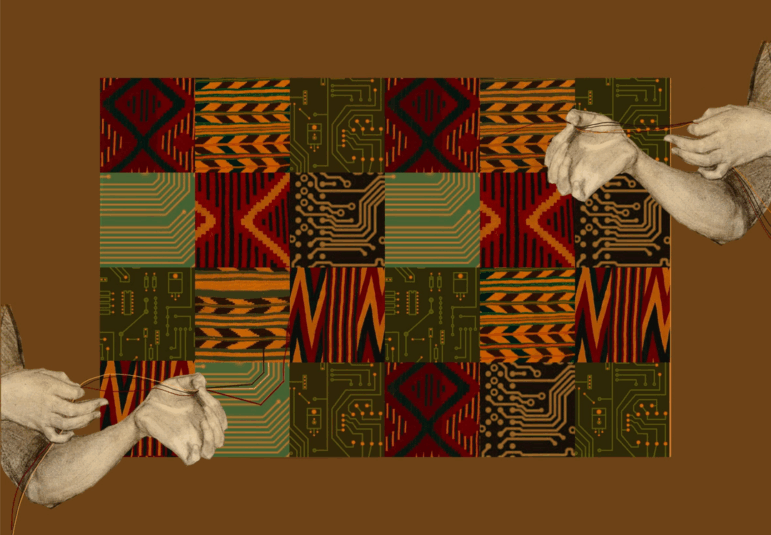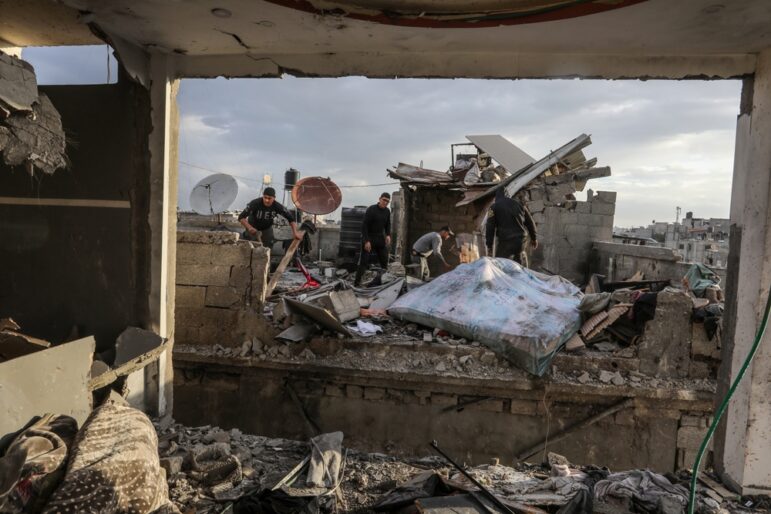
Investigative Techniques
Updated Test of 24 LLMs for Geolocation
Bellingcat ran a series of geolocation challenges using two dozen popular AI platforms, with varying results.

Bellingcat ran a series of geolocation challenges using two dozen popular AI platforms, with varying results.
This guide offers journalists a new detection tool and seven advanced techniques for spotting probable AI-generated content.


From the Philippines to the UK, a number of major newsrooms have created their own AI chatbots designed to respond using only that site’s trusted reporting archive and vetted databases as source material.
The US government engages with virtually every country in the world and each new president can radically change its policy. Here’s GIJN’s updated tipsheet on digging into global US influence.
This encyclopedia from The Outlaw Ocean Project offers pointers for investigating ocean crimes and concerns.
The rewards of collaborating can be huge for investigative journalists: greater visibility of your story, increased potential for impact and in some cases better protection.

“Our priority was to reveal what the government was trying to hide,” says Zyma Islam about the work of her team in the weeks that changed her country.

The rise of conflict imagery on social media has provided open source researchers valuable material to identify explosive ordnance.

A cross-border investigation into Russia’s use of drones in Ukraine includes how drones are assembled despite sanctions, and cooperation with Tehran to produce UAVs on Russian soil.

At IRE24, investigative reporter Jeremy Jojola shared his practical advice on how to use ChatGPT for contact searches and quick document analysis.

Small amounts of failure in the open source field are inevitable, and somewhat expected. But they will also help you become a better open source analyst and investigator.

Poonam Agarwal explains how her reporting six years ago ultimately led to one of the biggest political fundraising scandals in a decade.

Digital investigations expert Craig Silverman offers a short guide to using digital ad libraries to dig through online influence efforts.

Lighthouse Reports journalists share how their cross-border collaboration investigated the deaths of 40 people in a fire at a migrant detention center.

There is a treasure trove of compelling visual evidence out there that is going unused by many watchdog journalists. Here’s how to find it.

How a fact-checking collective in India fought misinformation and deepfakes in that country’s recently concluded elections.

Rebecca Clarren’s investigative history grapples with her immigrant family’s success at the expense of their Indigenous neighbors.

Accessing information from isolated nations like North Korea is difficult. Cutting-edge AI tools now enable efficient analysis of foreign language video broadcasts.

The third cohort of GIJN’s online training in cyber and digital threats investigations has now completed, graduating journalists from more than 26 countries.

Photo editors and AI experts discuss the dangers of generative AI and other synthetic media to visual journalism — and what news organizations can do to reduce them.

The Pulitzer Center discusses how it has developed different methodologies to uncover environmental wrongdoing, adapted to the region, jurisdiction, and industry.

Elections all over the world are endangered by a vast array of sophisticated digital threats. This year, when more voters head to the polls than ever before, AI-driven deepfakes threaten electoral processes everywhere, with potentially disastrous consequences for at-risk democracies. AI-generated audio simulations — in which a real voice is cloned by a machine learning […]

At a recent panel at the 2024 NICAR conference, Karrie Kehoe, deputy head of data and research at ICIJ, offered a series of tips for investigating the true owners of shell companies.

Experts agree that AI-driven audio deepfakes could pose a significant threat to democracy and fair elections in 2024.

Open source experts are faced with torrents of graphic visuals. So how can journalists protect themselves against harm from incessantly viewing traumatic imagery?
This webinar shares methodologies for investigating war and conflict, and provide a briefing on the laws that govern what, in popular usage, are called “war crimes.”